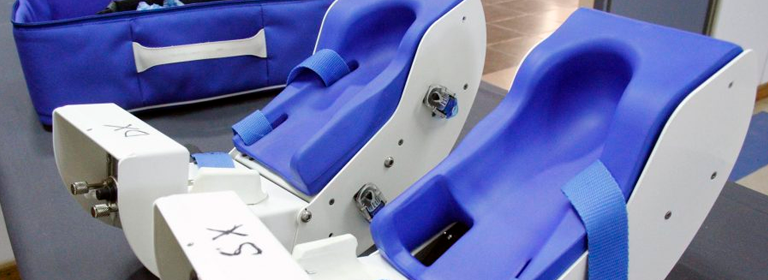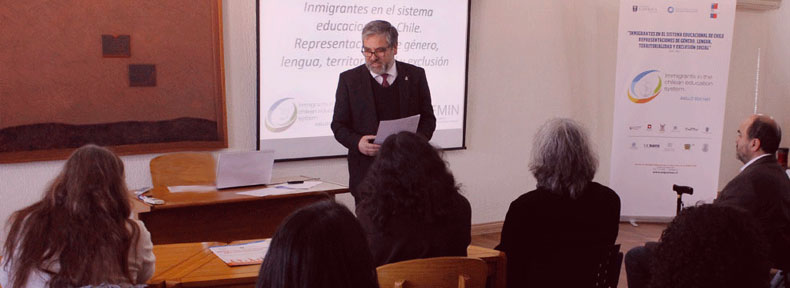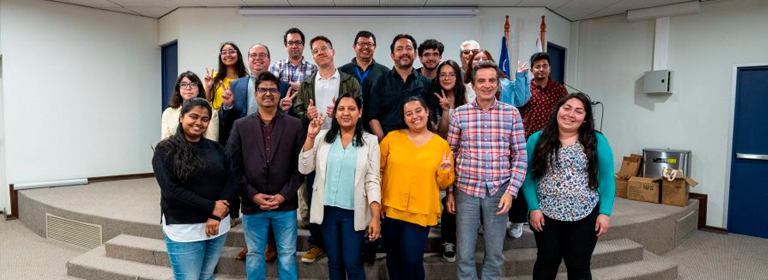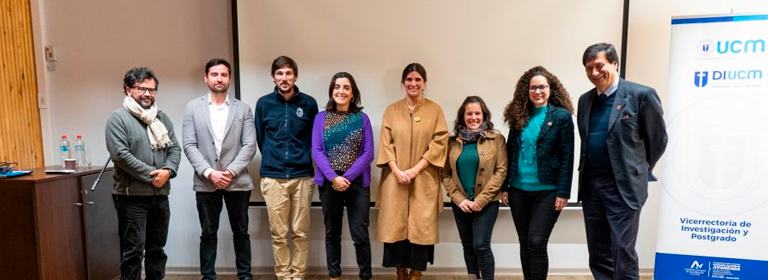An academic from the Universidad Católica del Maule explained the advances in the research of a promising therapy for Parkinson’s.
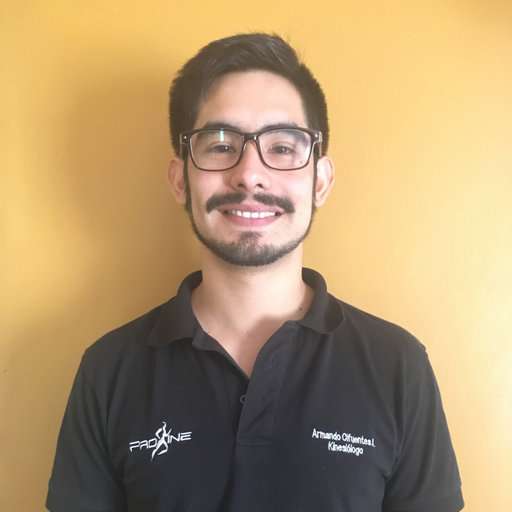 Its name is inspired by the small pleasure boats that ply the canals of Venice, which also have an arched and slender shape. The so-called «gondola,» made in Italy, corresponds to the latest technology for treating movement symptoms caused by neurological disorders, such as Parkinson’s disease.
Its name is inspired by the small pleasure boats that ply the canals of Venice, which also have an arched and slender shape. The so-called «gondola,» made in Italy, corresponds to the latest technology for treating movement symptoms caused by neurological disorders, such as Parkinson’s disease.
«The gondola delivers peripheral stimulation to specific areas of the feet through controlled mechanical impulses to the tip of the big toe and the first metatarsal bone. Other authors discovered that these points are extremely sensitive, so if we generate pressure on them, patients can improve their movements, especially their gait,» said Armando Cifuentes-Amigo, clinical professor at the Universidad Católica del Maule (UCM).
The master’s of Kinesiology participates in a project headed by the Ph.D. in Physiotherapy, Antonio Zamunér, which evaluates the immediate and long-term effects of automatic peripheral stimulation on cardiovascular and motor parameters of Parkinson’s disease in patients. This project is funded by the National Fund for Scientific and Technological Development, Fondecyt for short.
«Together with Professor Zamunér, we used this device, which is unique in Chile, in an investigation on patients with Parkinson’s who suffer from tremors, slowness in movements, or muscular rigidity. We wanted to test if this system, added to physical exercise, had better results in comparison to exercise alone, and we discovered that the therapy, with the device at the university, is superior to physical exercise alone in some variables,» said the academic, whose work won first place in one of the CONAKI 2023 competitions, the most relevant scientific instance in the country in this field.
«We presented preliminary results of the study, which considered two groups of 19 people each. One group had physical exercise, with the use of gondolas that simulated functioning to confirm whether there was a placebo effect. The other had exercise plus used the device. We trained the patients for three months, in 24 sessions, and we saw that the second group had gained functional capacity and an improved quality of life, as well as a reduction in freezing of gait,» he said.
The academics from the School of Health Sciences at the campus, where there are two pairs of «gondolas», hope that their project will allow them to generate a treatment that will relieve symptoms of a condition that has no cure. «It is not an invasive or pharmacological therapy, but it would allow patients of Parkinson’s to remain more active,» said Cifuentes-Amigo.

